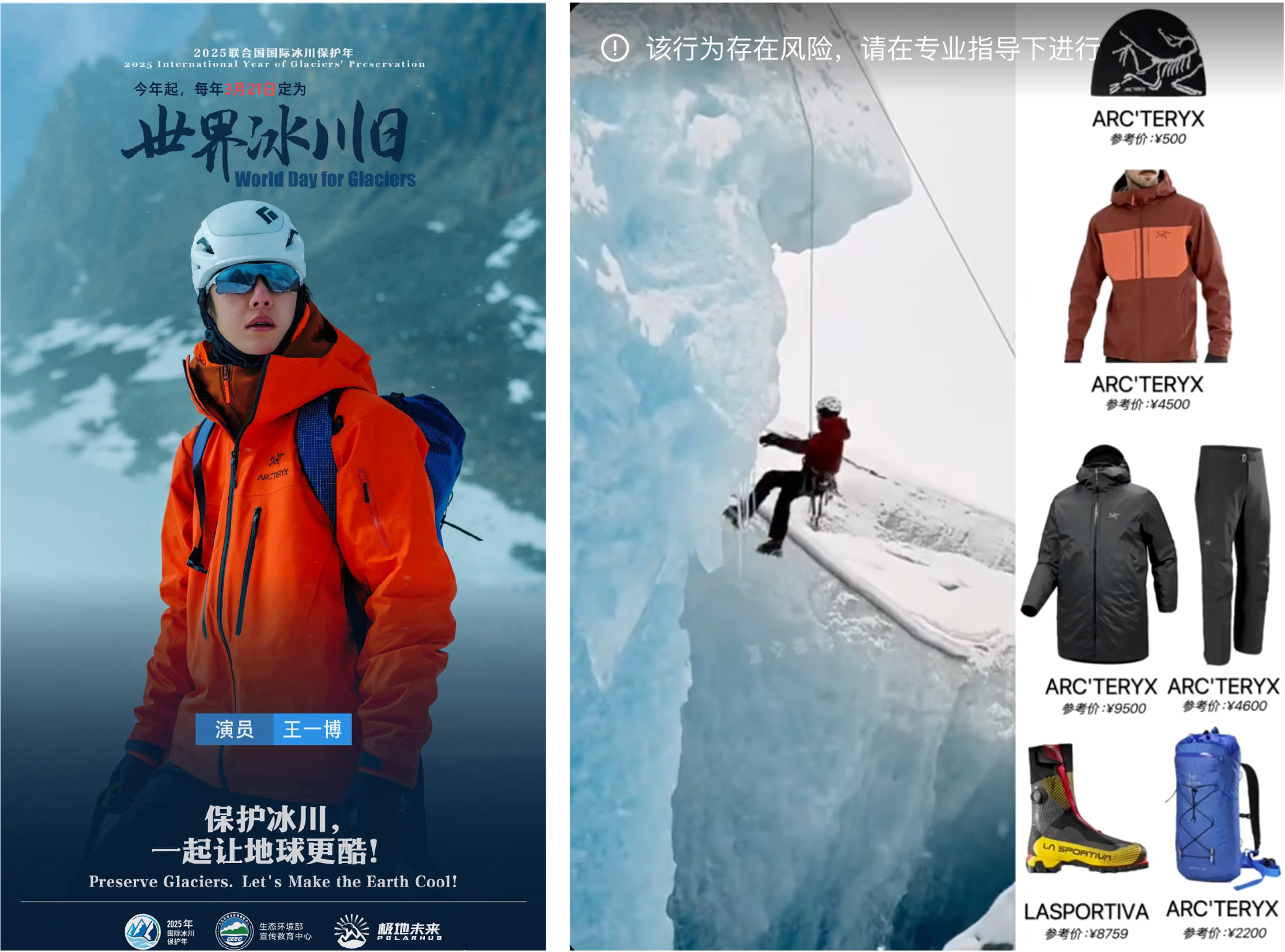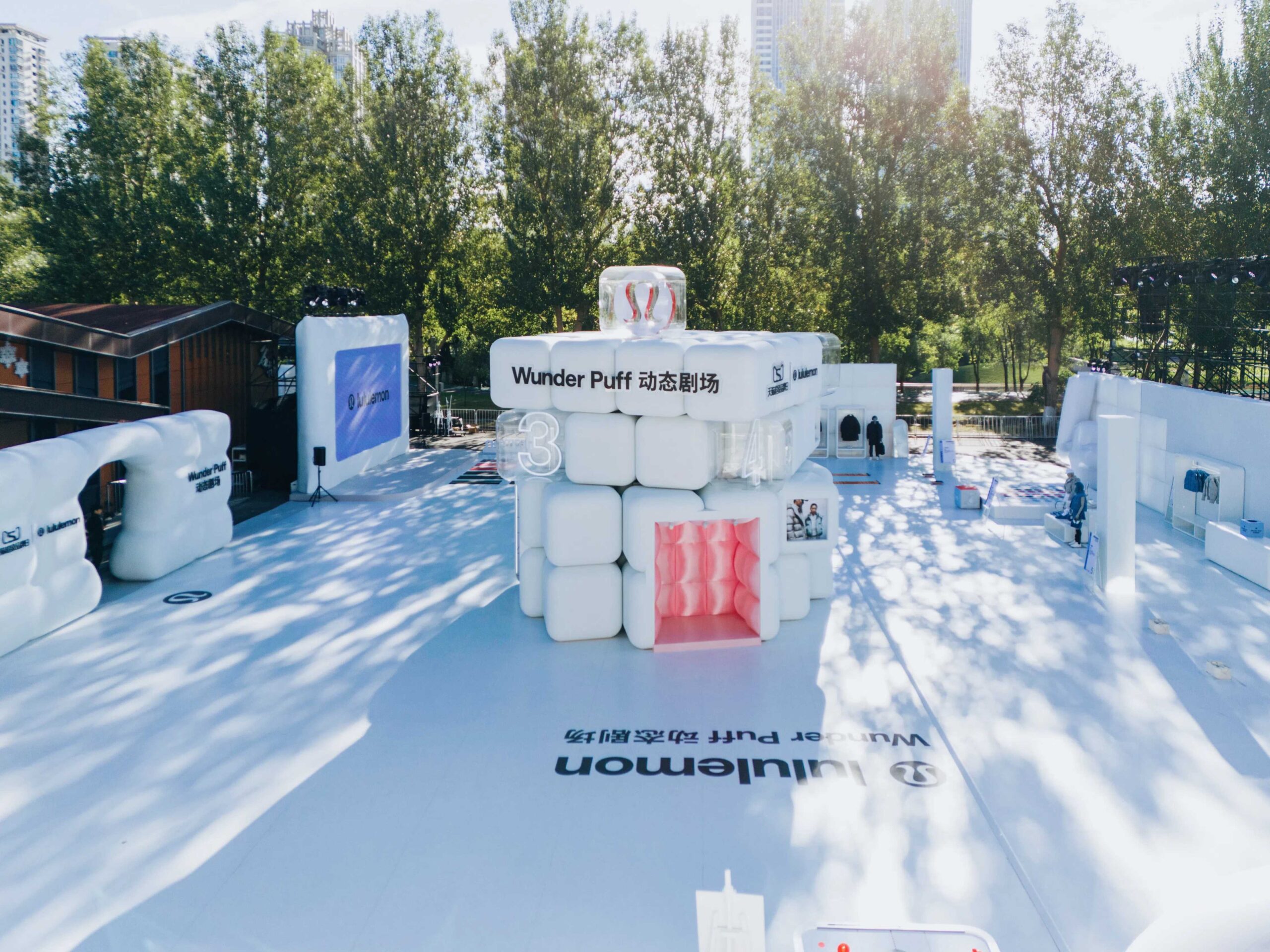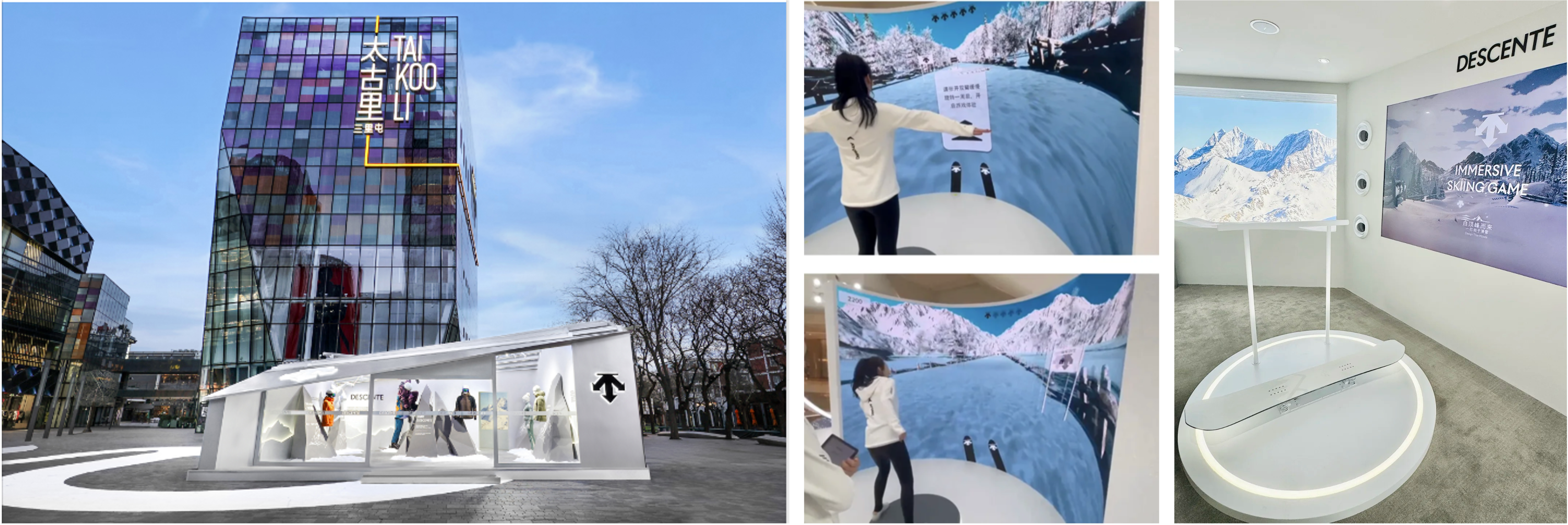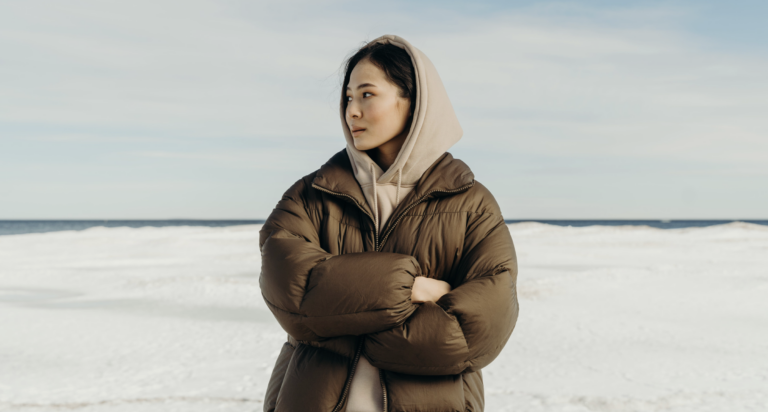China’s winter sportswear market reached an impressive USD 29.8 billion in 2024 and is projected to surge to USD 52.6 billion by 2030. This rapid sports market expansion is driven by sustained enthusiasm beyond the initial Olympic excitement, with participation numbers surpassing 300 million. Investment continues to grow in year-round indoor slopes, upscale resorts, and lifestyle-oriented offerings. While the market is growing rapidly, competition among winter sports brands in China is also becoming tense.
Download our winter sports market report:

Domestic winter sports brands capitalize on national pride and cultural identity
Following the 2022 Beijing Winter Olympics and the 2024 Paris Olympic Games, leading domestic brands such as Anta, Li-Ning, and Xtep have effectively harnessed national pride and cultural heritage. These brands incorporate patriotic themes and traditional Chinese elements into their products and marketing campaigns. For example, Anta’s “Brands’ championship” campaign significantly contributed to its rapid growth in the post-Olympic period.
Foreign brands gain traction through authentic cultural integration
Foreign sportswear brands have distinguished themselves by strategically localizing their offerings, blending global technical expertise with distinctly Chinese cultural narratives. A notable instance is Arc’teryx’s documentary, “The Taoism of Ski Mountaineering,” which merges the Taoist philosophy with the adventurous spirit of skiing. The film highlights snowflake crystals and glacier textures, symbolizing Taoist concepts like “goodness akin to water” (上善若水) and interpreting ski movement as energy exchange between softness and rigidity. The campaign achieved substantial social media traction, accumulating over 1.5 million views on RedNote and over 16 million views across various platforms.
Social listening reveals most talked-about winter sports brands in China
The following rankings derive exclusively from social listening data, encompassing consumer mentions on platforms such as Weibo, Douyin, and RedNote from December 1st, 2024, to February 28th, 2025. These rankings reflect online discussions rather than actual sales volume or official market share. The most discussed domestic brands of the winter season include Anta, Li-Ning, Xtep, 361°, and CamelCrown. Among foreign brands, Nike, Adidas, New Balance, Lululemon, and The North Face hold leading positions.
Though generalist sports brands take a majority of mentions, winter-specific sports brands are rising. The winter sports brands gaining notable online attention include Descente, Salomon, Arc’teryx, Kolon Sport, Burton, and Patagonia.
Analyzing the current social rankings specifically within the winter sports equipment and apparel market, domestic brands have noticeably gained more attention compared to previous years. One Chinese company playing on both sides of the field is Anta, which has strategically acquired or partnered with foreign labels. For instance, Anta now operates Descente and Amer Sports (including Salomon and Arc’teryx) in mainland China and holds a 50% stake in Kolon Sport. Such arrangements allow these brands to preserve their professional image while leveraging Anta’s deep local market understanding.
Effective winter sports brands marketing in China: celebrity influence, cultural narratives, and immersive experiences
Rather than traditional endorsements, actively involving celebrities in winter sports, as analyzed in our Chinese winter sport report, proves more effective in capturing consumer attention for winter sports brands in China. For instance, pop star Wang Yibo became an online sensation after climbing the 4,000-meters-high Yalong Glacier in a red Arc’teryx jacket. His involvement sparked significant consumer interest and increased brand demand across platforms, notably RedNote.

Moreover, winter sports brands that deliver engaging, shareable offline experiences tend to achieve stronger consumer engagement compared to purely online advertising strategies.
The undeniable power of immersive, offline experiences
In late 2024, Lululemon organized the “Wunder Puff Dynamic Theater” event in Harbin, strategically aligned with China’s pre-Double 11 sales event, a shopping event comparable to Black Friday in Western countries. This immersive event included indoor skating, outdoor displays and professional ice-dance performances to showcase its winter Wunder Puff collection. Embodying the core idea of “Style Never Chills” (风格不冷场), the event effectively repositioned Lululemon as a fashion-forward and innovative brand, harmonizing strength and elegance to resonate particularly with younger audiences in the winter apparel market in China.


Descente brings fresh, tech-driven experiences
Descente presented the nighttime performance “The Next Peak” at Beijing’s iconic Great Wall on December 6th, 2024, to unveil new products featuring the S.I.O. design. S.I.O.—short for Selected, Innovative, and Optimization—is characterized by an integrated back and shoulder cut that minimizes fabric friction and maximizes mobility, enabling skiers to move comfortably and freely. The event included a drone-lit narrative highlighting the brand’s milestones, with national ski-team athletes demonstrating Descente’s technical innovations through a dynamic fashion runway and live ski performances on snow-covered ramparts. Such grand and culturally meaningful initiatives reinforce Descente’s brand ethos and underscore its dedication to quality and innovation.

In conjunction with its “Rise to the Peak” brand launch, Descente organized vibrant marketing activations across prominent commercial landmarks in Tier 1 cities such as Beijing, Chengdu, and Shanghai. These activations featured built-in photo stations and immersive VR skiing experiences, providing engaging interactions with city residents.

Intense competition emerges in China’s premium winter sports brands segment
The Chinese ski market has experienced a significant influx of new and casual participants, initially driving demand toward budget-friendly gear. Approximately 78% of ski participants in China are beginners, with around 80% of ski tourists entirely new to the sport. Typically, these participants opt for affordable gear, averaging about RMB 2,000 (USD 300) for essential apparel like jackets, gloves, goggles, and socks.
However despite winter sports being a beginner’s market in China, many consumers still demand premium apparel, with fashion as more of a driver than use. This has caused intensifying competition in the mid-to-high price ranges. Brands like Descente offer ski jackets priced from RMB 2,000 to 4,000. Other foreign brands like Salomon, Arc’teryx, and Burton also compete fiercely within this bracket, leveraging their strong reputations for technical excellence, appealing design, and culturally resonant marketing strategies.
At the luxury market tier, brands such as Moncler, Fendi Ski, Prada, Dior, and Louis Vuitton dominate. Premium ski gear from these luxury houses often exceeds RMB 8,000 (over USD 1,200) per item. Consumers of these luxury brands typically include collectors, celebrity followers, trend-conscious youth, affluent vacationers, and those seeking exclusivity in high-end winter sportswear.
Competition among winter sports brands in China
- Successful brands own the story, not just the logo: Domestic labels win hearts by weaving patriotism into product narratives, while foreign brands earn trust when they embed Chinese cultural codes instead of merely translating ads.
- Consumers prioritize authenticity: Audiences reward celebrities who actively take part in the sport, such as Wang Yibo climbing a glacier, because genuine participation validates product performance.
- Brands win by making offline experiences shareable: Immersive events that let participants engage with the sport and the brand’s story spark a surge of user‑generated social‑media content.
- Spotlight the underestimated consumer segment: While the premium tier is fiercely contested, most winter‑sport participants in China are entry‑level enthusiasts, so the affordable range remains a whitespace where new foreign brands can outfit beginners with practical, budget‑friendly gear.






